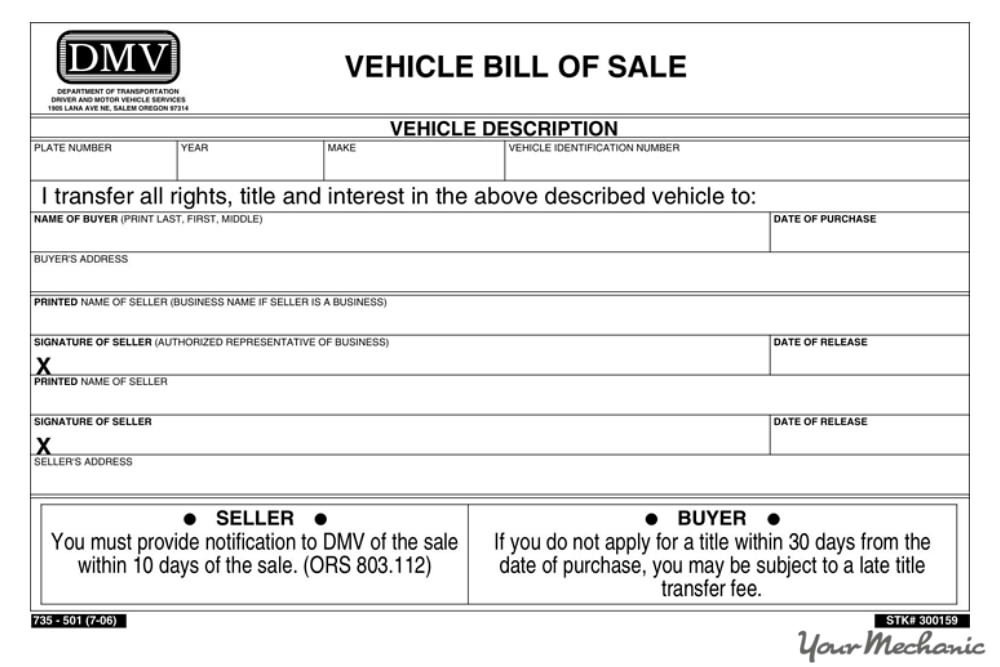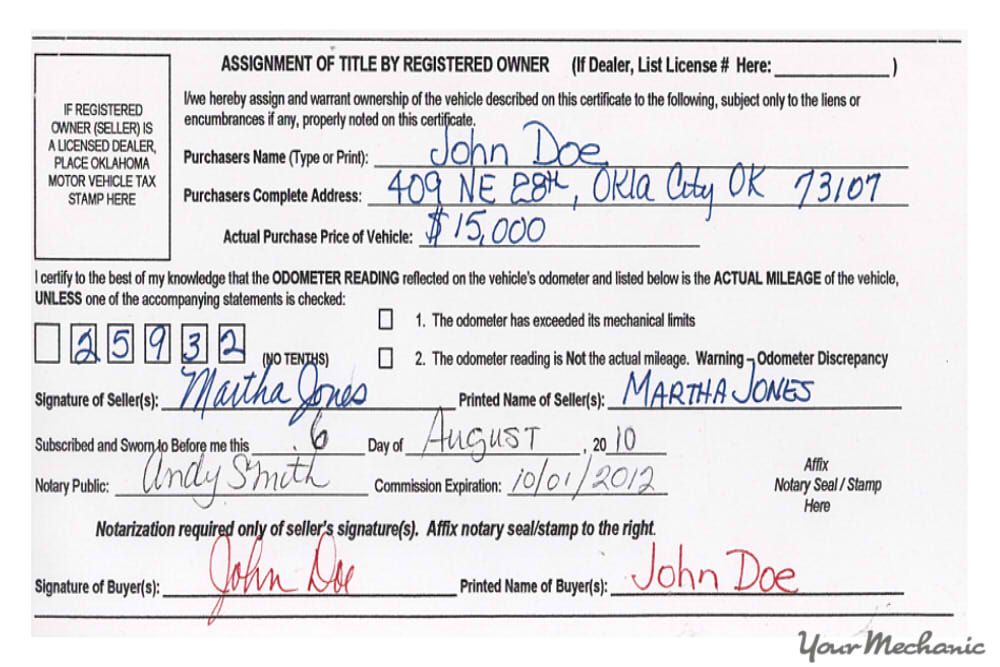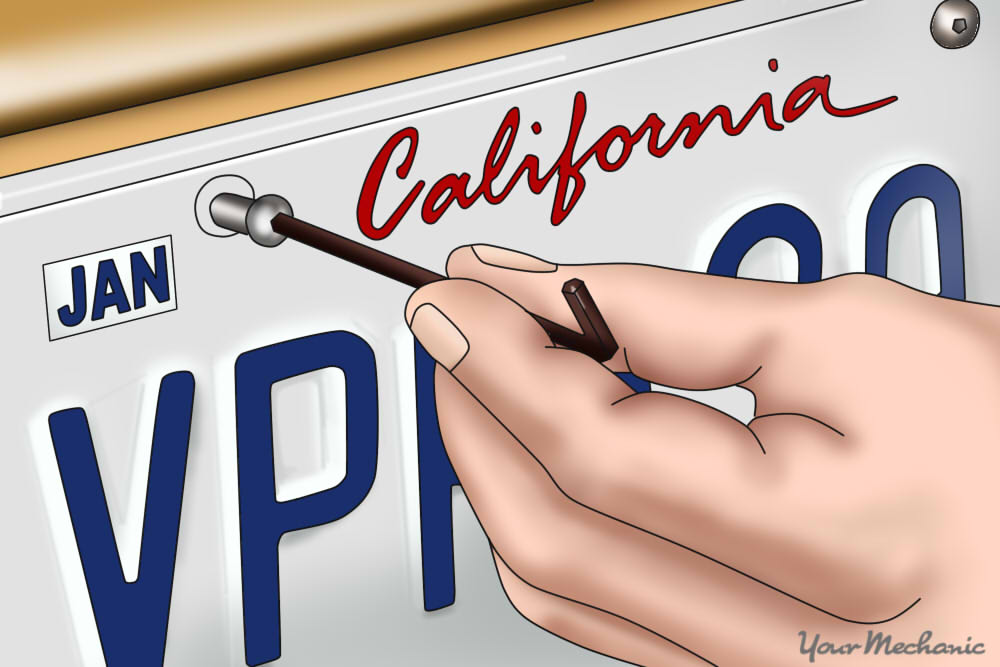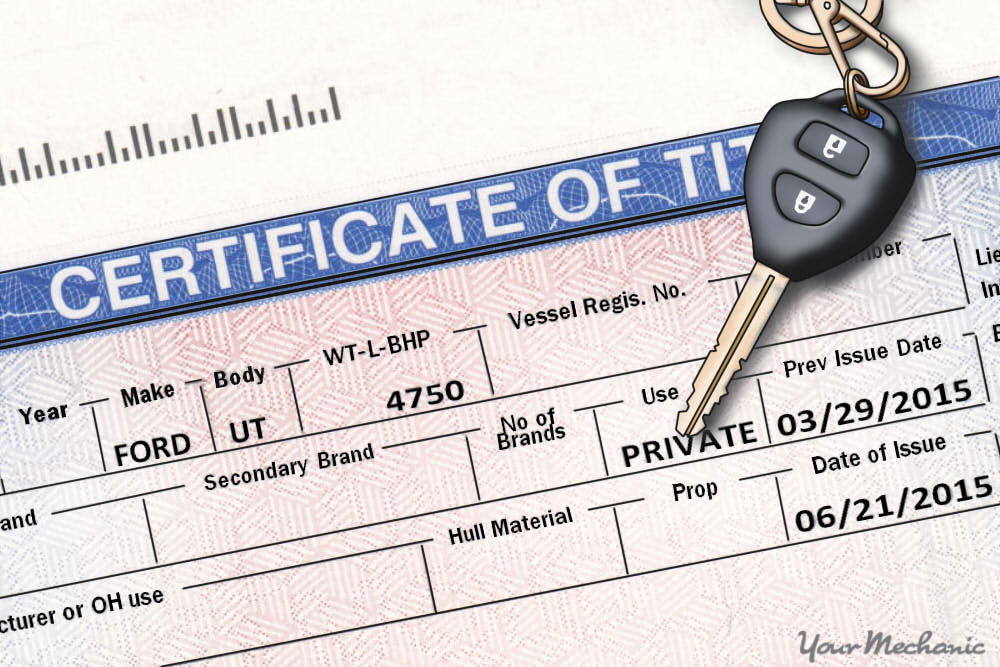

Every vehicle that operates on the roadways in the United States is required to have a car title. A car title, or certificate of title, states the legal ownership of a vehicle to a particular individual or business. You must have a certificate of title when you are insuring and registering your vehicle, and you may need it to prove ownership in the case of a legal dispute.
Your car title contains:
- Your legal name
- Your mailing or physical address
- Your car’s vehicle identification number, or VIN
- Your vehicle’s body type and usage
- Your vehicle’s year, make, model, and color
- The license plate number on your car
- The mileage on the odometer when the title was issued along with the date it was read
You’ll need to perform a title transfer if you are:
- Purchasing a used vehicle
- Selling a vehicle
- Relinquishing ownership if your vehicle is written off by your insurer
- Receiving a vehicle as a gift from a family member or spouse
- Putting new license plates on your vehicle
Part 1 of 3: Purchasing or selling a used car
Title transfers are most commonly involved in the buying and selling of used cars. In order to be sure that you are carrying out the process properly and legally, make sure to follow these steps.
- Note: If you have purchased a new vehicle from a car dealership that has never been titled or registered, you don’t need to worry about performing a title transfer. Car dealers arrange for a new title to be issued for all new car purchases.
Step 1: Complete a bill of sale. If you’ve purchased or sold a used vehicle, you will need to complete a bill of sale to prove that the transaction took place. This usually includes:
- The name, address, and signature of both the buyer and seller
- The vehicle identification number of the car
- A physical description of the car including year, make, and model
- The current mileage when the sale took place
- The sale price of the vehicle
- Any taxes paid for the transaction
A bill of sale that has been filled out completely and signed is a legal document. A bill of sale can be used as an agreement to purchase as well if the funds have not yet been exchanged.
Step 2: Exchange funds. If you are the purchaser of the vehicle, your part in this transaction is key. You are responsible for coming up with the money to pay the seller for the vehicle you have agreed to purchase.
If you are the seller, it is your duty to make sure the amount of money you are receiving from the purchaser matches the amount you’ve agreed upon.
- Warning: It is illegal for a seller to write a lower purchase price than is being collected for the vehicle on the bill of sale in order to pay a lower amount of sales tax on it.
Step 3: Release any liens on the car title. If you are the seller, you should initiate the process of releasing any liens on the vehicle as soon as you receive payment.
Typically, liens are put in place by the lender or bank if the car is held as collateral against the loan.
Contact your financial institution and explain that the you are selling the vehicle.
If you have an outstanding amount owing on your vehicle loan, you will need to make arrangements to prove it will be paid in full once the lien is removed. This can be done by showing the bank personnel the bill of sale.
Part 2 of 3: Transferring the title at the DMV
Each state operates its own department of motor vehicles and the process can differ slightly from state to state as well as the fees and taxes owed. You can visit DMV.org to check the requirements in your state. The overall process and the required information are similar no matter which state you live in.
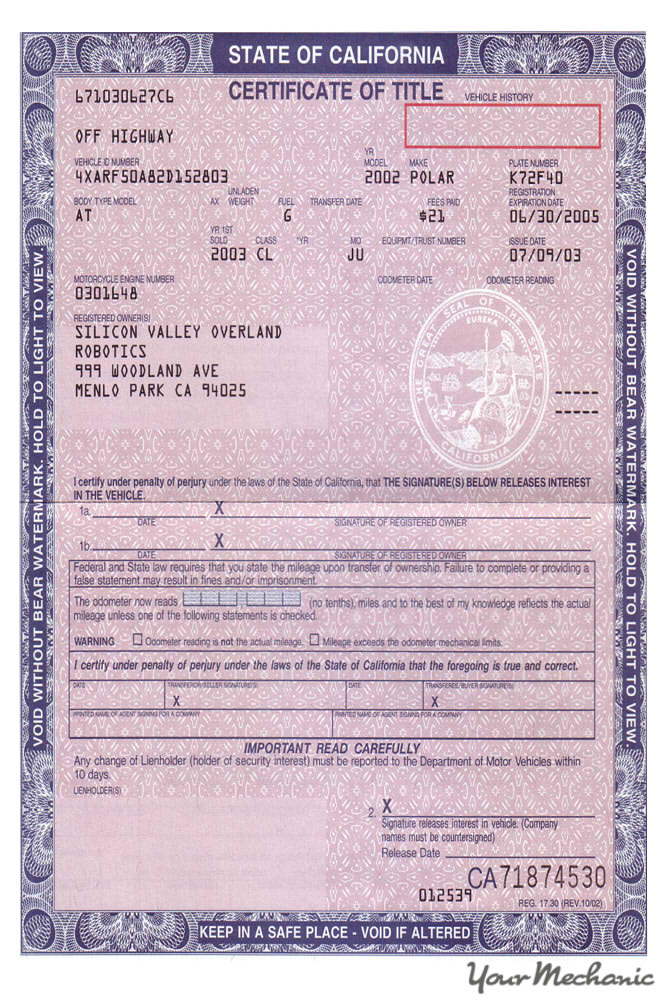
Step 1: Obtain the car title from the seller. Once you’ve filled out a bill of sale and paid the seller, the vehicle is now yours, but you must also make sure you get the title from the seller.
Step 2: Fill out the title transfer section on the title. On the certificate of title, the “assignment of title” section must be filled out when the title is being transferred. Have the seller fill this out completely, including the current odometer reading, the date, your full name, and the seller’s signature.
If you were the seller in the vehicle sale, you are responsible for fully completing this section on your title and supplying it to the purchaser.
If you are titling a vehicle that you were left as part of the estate of a deceased person, you will need to complete a title transfer with the person that has power of attorney for the estate.
Step 3: Submit the paperwork to the DMV. This can be done either by mailing the documents in or by attending your DMV branch in person.
While the your local DMV may be busy at times, attending your local branch will be the fastest way to get the title transferred. If you have all the supporting documentation in order, it should only take a few minutes once you reach the front of the line.
Whether you attend the DMV in person or mail your forms in, you will need to submit the same information. Supply the DMV with the title from the previous owner, a form to arrange for paying taxes on the vehicle, an application for vehicle transactions, and the required taxes and DMV fees according to your particular state.
In many states, you also need to fill out a form, sometimes known as a Seller’s Report of Sale, which expresses that the seller no longer has any legal interest in the vehicle he or she sold.
Step 4: Remove the license plates from the car. You might be able to reuse these if you license another vehicle.
Part 3 of 3: Reissuing a title in the event of a lost or damaged original
If you are selling a car and have lost or damaged your certificate of title, you must have one reissued before you can transfer ownership to another party.
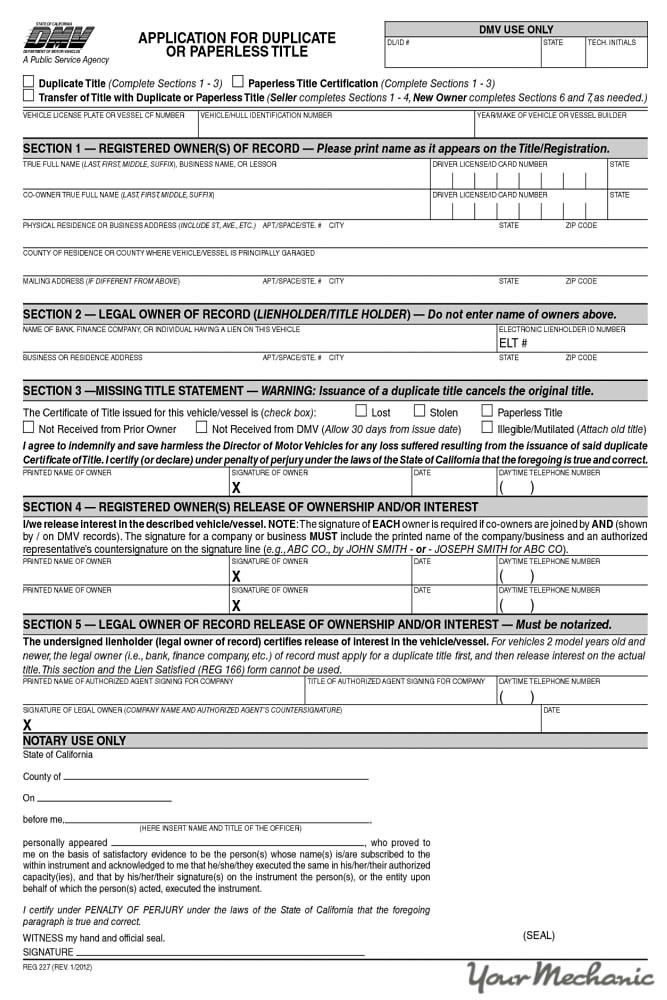
Step 1: Turn in the request form. Submit a duplicate title request form to the DMV, either in person or by mail.
Include the appropriate payment for the duplicate title.
Step 2: Receive your new title. The DMV will confirm the ownership of your vehicle and send you a new title for it.
Step 3: Use your new title to transfer ownership. You can now proceed to fill out the title for your purchaser in order to transfer it into his or her name.
When you take the time to properly fill out all of the necessary paperwork, the process of transferring a title can go very smoothly. To ensure that you don’t run into any issues of ownership or legality after you’ve purchased or sold a car, be sure to refer back to this step-by-step guide.



